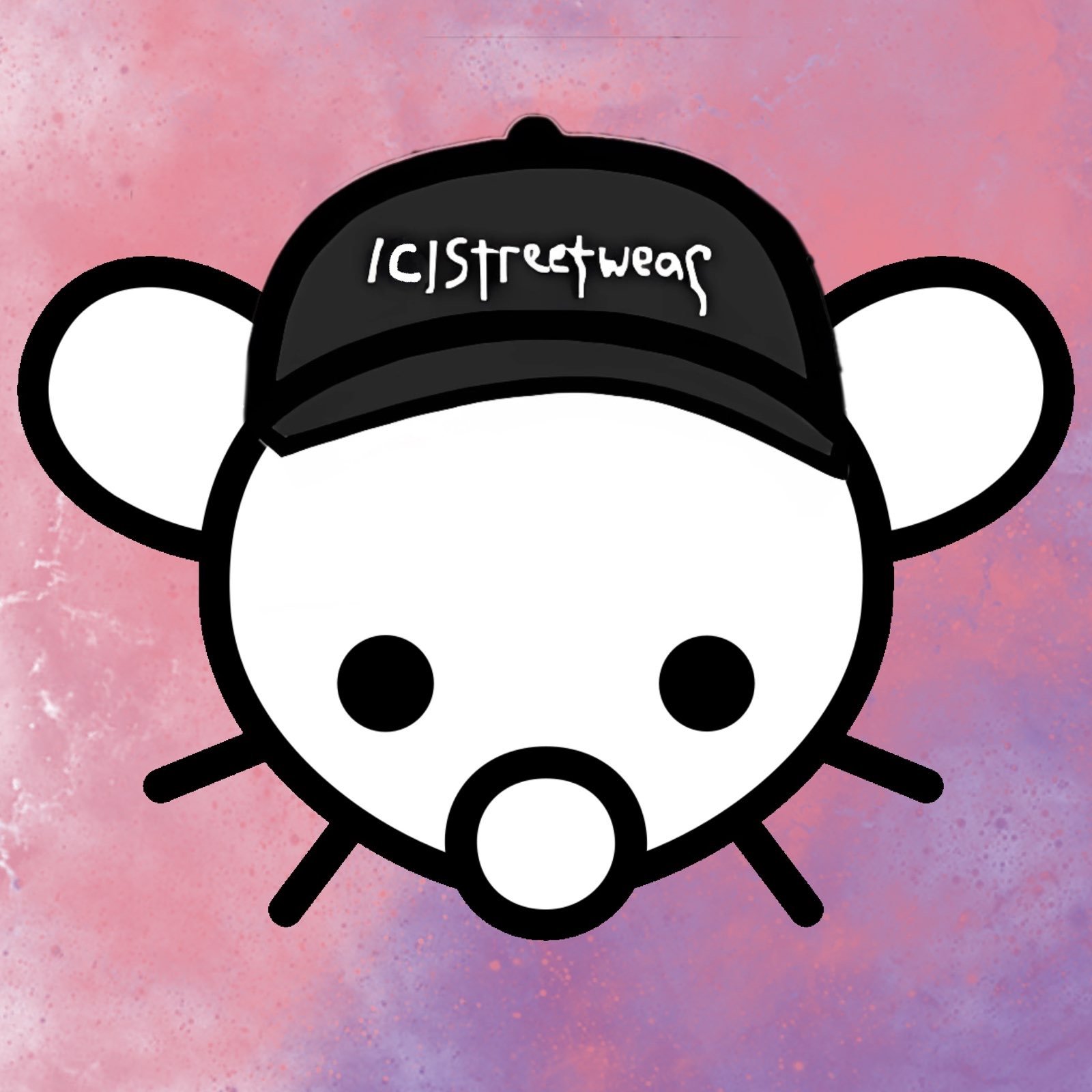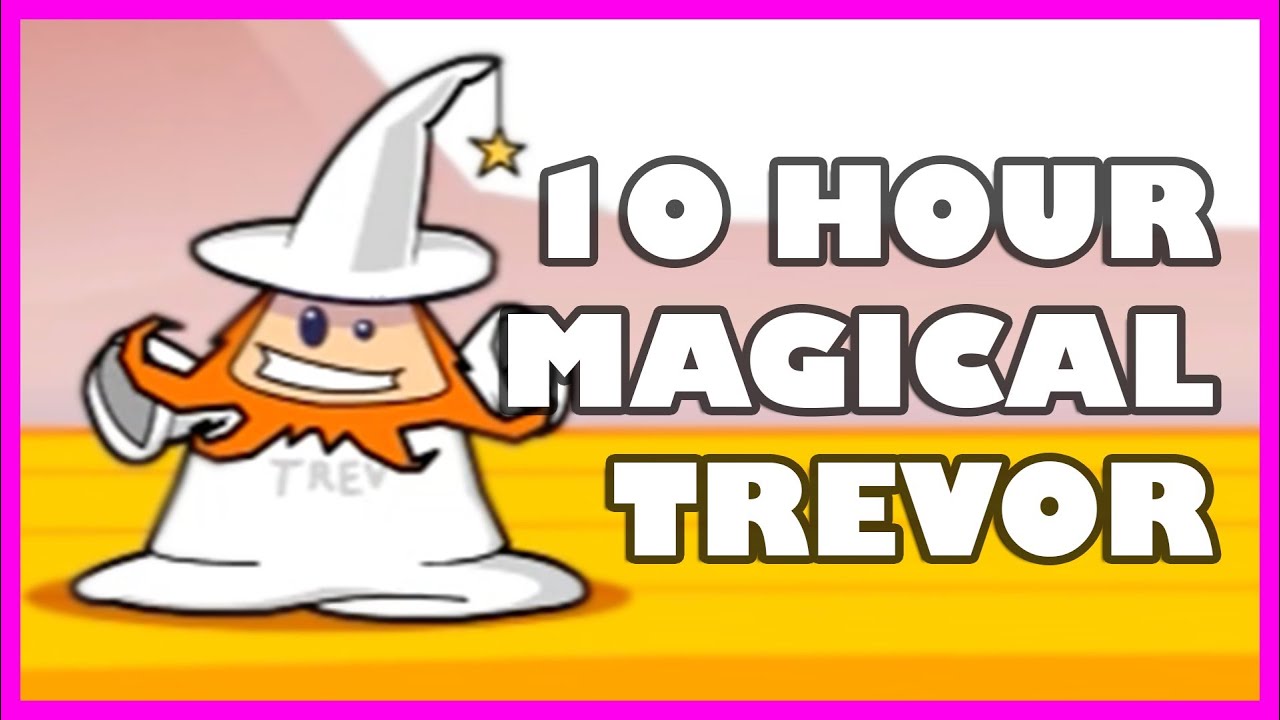I feel so uncomfortable I have a whole nervous system.
- 5 Posts
- 501 Comments

 1·2 months ago
1·2 months ago(Do not click, contains bad Data)
Oh, I bet that would taste good in a nutshell.
Oh, I get it! You still want 2fa, you just don’t want the code to be shown! colors the text white
I did this many, many times during my struggles with non-24 sleep disorder. I would repeatedly stay up all night in the hopes that I would be tired enough to go to sleep at a reasonable time the next day.
Typically, one of two things would happen: either I successfully go to sleep at a somewhat early hour and then sleep for a few hours before waking up in the middle of the night unable to sleep, or I would feel tired in the early evening but try to hold on until I get to a normal bedtime and by that point I was no longer tired and I’d stay up late again even after being awake well over 24 hours.
Ultimately, my solution was to work on my own projects for a year or so (not something most people can afford to do). I ignored all requirements around sleeping and just slept when my body told me to. I kept windows uncovered and gradually, the sunlight started waking me up at a proper morning hour. For the first time in my adult life, I have a normal sleeping schedule and confidence I can be at my job on time. YMMV, but getting natural sunlight at the same time each day is huge as a circadian rhythm reset.
Most spiders are indeed afraid of other spiders, checkmate theists.

 2·3 months ago
2·3 months agoHope someone makes a tutorial for how to do in survival.
My cat knows about nuclear war. He simply hasn’t chosen to exercise the knowledge.
“And just when do you expect Sir Fluffins is likely to engage in battle?”
“That depends on just how much you continue to test me so.”
I just checked. It’s not on Netflix anymore. And neither is The Thing.

 8·3 months ago
8·3 months agoThey should check what trademarks Apple has allowed to elapse, I could see myself attending a festival called FyreWire.
I hope they do expand the lore but keep that origin canon.
“Ma still tells the story of when Wario came to her saying he needed a partner for Tennis. Nine months later, I was born.”
If you prick us, do we not bleed? If you taco us, do we not Tuesday?
Power BI.
I unfortunately ordered something from the link before I realized it was a scam. It was a cool print, thought it would be good for work, but I should have known it’s not legit, the signs are there. Hopefully they will cancel it and give me my money back.

 111·4 months ago
111·4 months agoAutism is many spectrums but in discourse we typically merge all the parts of what we call autism into a single spectrum. And that spectrum is the degree to which behaviors associated with austism cause functional difficulties in your life. The diagnosis of autism requires the autistic behaviors to limit your ability to function. So, everyone is on the spectrum of “the degree to which autistic behaviors limit your capacity to lead a life independently,” with many being on the “basically not at all limited” end, but when we say “on the autism spectrum,” we are typically referring just to the side of the spectrum where someone’s life is notably limited in some ways by the effects of autistic behaviors or learning disorders.
 14·4 months ago
14·4 months agoIn my opinion, we know enough from the victims of this sex ring to have pretty high confidence that Epstein was taking part in abusive sexual acts even in his own home, alone with the victims. So, if Epstein was acting as some kind of honey pot, it was because he was already doing these things and the government officials were either bribed or threatened, or under pressure from bribed and threatened officials not to go after a wealthy well-connected man like Epstein. And it is plausible they invented a honey pot cover so he could continue to get away with it. But even that I find unlikely, since if there was some kind of honey pot mechanism for this within the FBI, you would expect that some more significant portion of the powerful people we know are implicated would have had some kind of case levied against them. This sounds less like a well-intentioned plan to prosecute crime, and more like yet another glimpse over the crumbling facade of democracy. The more evidence we gather, the more we see how things really work. Rules are enforced often enough on middle-class people to give the impression that things are fair. And those people who believe in the fairness hold the fabric of society together and keep people from getting angry about the truth. That we are cattle and subject to the whims of a ruling class who take anything and anyone they want, whenever they want, and there are no mechanisms left in the system that have any ability to stop them anymore. There is no honey pot - not in any way that would have prevented the worst things from happening. If anything, it enabled further harm because of how broken the system is when it comes to what rich people are allowed to do. We can see the fence now. So, instead of spending too much energy arguing about whether we are fenced in or fenced out, we should start putting more of our energy into figuring out how to gain collective control of the gate.
 401·4 months ago
401·4 months agoYes, that is what is means. Trump was chummy with Epstein for many years, knew about the child trafficking and took part in it. Epstein “stole” a young girl from Trump’s resort and Trump got mad that Epstein took her out from under him. So, when Epstein wanted to buy a mansion, Trump used a Russian oligarch’s money to outbid him. And Epstein was so pissed that he threatened to expose Trump’s ties to Russia, and as a response, Trump turned Epstein in to the FBI. Alex Acosta was persuaded to give Epstein a sweetheart deal where he was not given Federal charges and got out on work release for up to 16 hours a day, 6 days a week, during his massively shortened sentence. And when Trump and Epstein later made up, Trump returned the favor to Acosta by giving him the Secretary of Labor position in his cabinet. So yeah, Trump “informing on Epstein to the FBI” definitely does not turn him into some kind of hero.















Over 65 people. He’s killing all the retirees.